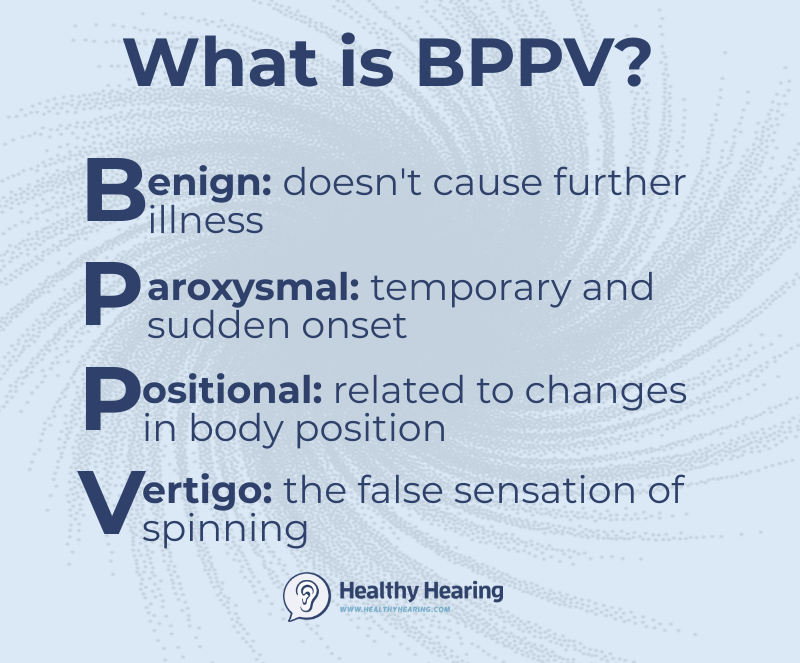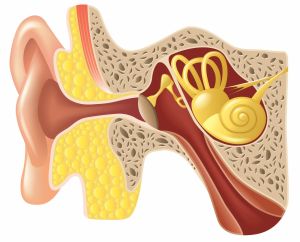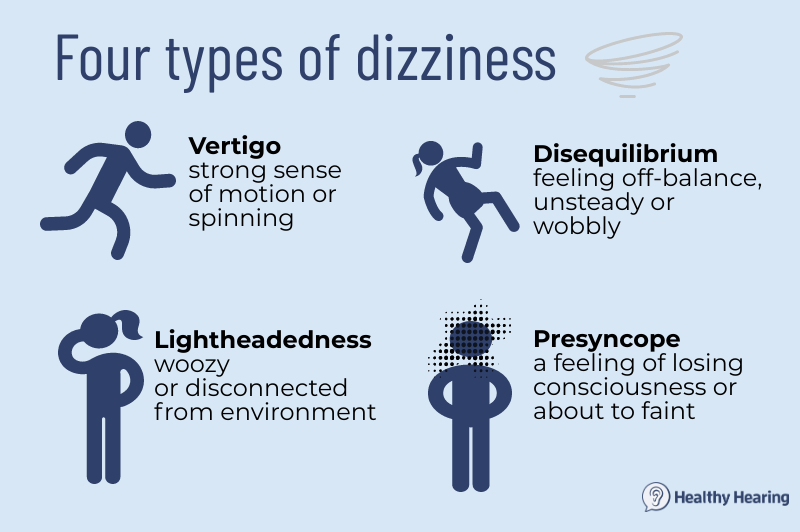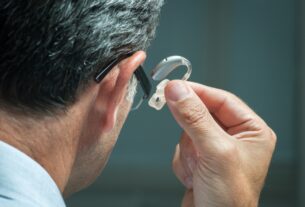Table of Contents
What is BPPV?
Sometimes referred to simply as “positional vertigo,” benign paroxysmal positional vertigo (BPPV) is a common balance disorder that causes sudden dizziness upon moving. It is one of the most common causes of vertigo.
Symptoms of BPPV
The sole symptom is dizziness that occurs during or after body movements. Imagine waking up in the morning: You open your eyes and start to roll out of bed just as usual, but then you’re stopped by a sudden sensation that the room is spinning. You have to hold the furniture and walls just to get out of bed and take a few steps. After you stand in one position for a few minutes, the feeling passes.

Why is it called BPPV?
Here’s a breakdown:
- Benign: the condition is benign, meaning it won’t cause further illness
- Paroxysmal: a temporary and sudden onset of symptoms, or sudden intensification
- Positional: the symptoms occur when body position changes
- Vertigo: the sensation of spinning
Put together, this means it is a brief, intense sensation of spinning that occurs when getting out of bed or turning your head too quickly.
The good news? Although frightening, it is most often harmless.
Inner ear crystals are dislodged

above the cochlea (the snail shell shape)
contain crystals that move in respond
to movement. In BPPV, these crystals
are dislodged.
The inner ear houses the hearing organ (cochlea) and the balance organ, known as the vestibular system. When everything is working properly, the vestibular system helps us keep our balance whether we’re out walking, dancing the tango or doing a somersault.
The vestibular system is composed of the utricle, the saccule and three semicircular canals. The different structures of the vestibular system are all built in a similar manner: They contain tiny rocks, which are crystals made of calcium carbonate that float in a gel-like fluid. (Yes, you literally have rocks in your head!) Medically, these crystals are known as otoconia or canaliths.
When the head changes direction, the shift in gravity or velocity moves the crystals around in the gel and changes the pressure against the nerve receptors. Each of the five vestibular system structures is oriented in a particular manner so that we can detect head position and motion in all different directions.
Occasionally, the crystals get dislodged from the gel and fall into the wrong space, known medically as canalithiasis. When this happens, the nerves that send messages to your brain about your body position are abnormally stimulated. This vestibular disorder results in the perception of vertigo, or spinning.
For most people, this occurs in the posterior semicicular canal (the one in the back). More atypical forms are discussed below.
What causes BPPV?
Head injuries and migraines are the main known causes. Traumatic head injury can mechanically jostle the crystals out of place; migraines can cause spasm of a nearby artery, which can predispose patients to recurrent episodes of BPPV. Another related factor seems to be aging, as the condition is more common in older adults, especially women.
About half the time, though, there is no known cause.
Diagnosing BPPV

BPPV.
Getting help begins with a physician’s evaluation for dizziness. Several tests, such as the Dix-Hallpike test, involve an audiologist or other trained healthcare provider observing the eyes (directly or via video recording) during and after a patient is carefully guided into a position that is likely to elicit vertigo, usually laying down on their back. If BPPV is present, the patient’s eyes will move in a particular way, known as nystagmus, indicating that there is abnormal nerve stimulation in the vestibular system.
During testing, patients who have BPPV will have abnormal eye movements, known as nystagmus.
After a few minutes, the eye movements will stop and the patient will be brought back up to a sitting position. The examiner will continue to guide the patient and observe any eye movements.
BPPV treatment
For a lot of people, BPPV is an unpleasant experience that occurs for a few days and then fixes itself. The crystals will either move out of the way or dissolve and the problem is gone just as quickly as it arrived.
But in more persistent cases, there are exercise-based posture and head movements that provide fast relief, referred to as canalith repositioning procedures. There are at least four techniques or maneuvers that a practitioner may use, including Epley, Semont, Foster and Brandt-Daroff. They typically consist of a guided series of postures that are designed to redirect any loose calcium carbonate crystals. The physician or clinician will physically guide you through the treatment because if it is successful, you will likely experience dizziness. As you are placed in the different postures, you will stay in each position until any dizziness fatigues. When all of the postures are completed, the crystals are typically cleared from the path of the nerve receptors.
As this condition often comes back, the physician or clinician may send you home with a copy of the exercises for you to try on your own if you experience the symptoms again. There is no medication to treat or reduce the symptoms. This type of dizziness is rarely progressive and usually responds well to treatment; however, permanent issues may require surgical intervention.
What is atypical BPPV?
Usually the posterior semicircular canal of the balance organ is affected, but sometimes the other canals are affected, resulting in “atypical” types of BPPV. These produce unique symptoms and require different postural motions for treatment. In more severe cases, such as after head trauma, all of the canals will be affected.
BPPV, vertigo and anxiety
If BPPV is persistent, a person may develop anxiety related to having dizziness attacks. Few things are as frightening as feeling like your body is spinning uncontrollably. “Under these circumstances, anxiety and panic are not only rational, but the proper emotional response of a sane person experiencing this kind of difficulty,” writes author Glenn Schweitzer, who shares advice on why anxiety often accompanies vestibular and balance disorders, and what to do about it.
Does BPPV cause hearing loss?
BPPV does not cause hearing loss. However, if your BPPV was caused by trauma, the trauma may have also caused hearing loss that needs to be evaluated and treated accordingly. If you are experiencing dizziness and hearing loss together, you may be experiencing Meniere’s disease or some other disorder that’s not BPPV.
More: Is there a relationship between BPPV and Meniere’s disease?

trying to explain your symptoms to a health care provider.
What do I do if I feel dizzy?
Dizziness is a symptom of many different conditions. BPPV is just one condition that causes a spinning type of dizziness. If you are experiencing dizziness in any form—unsteadiness, lightheadedness, feeling faint or spinning—please contact a physician to help differentiate the cause and determine the best course of action.


